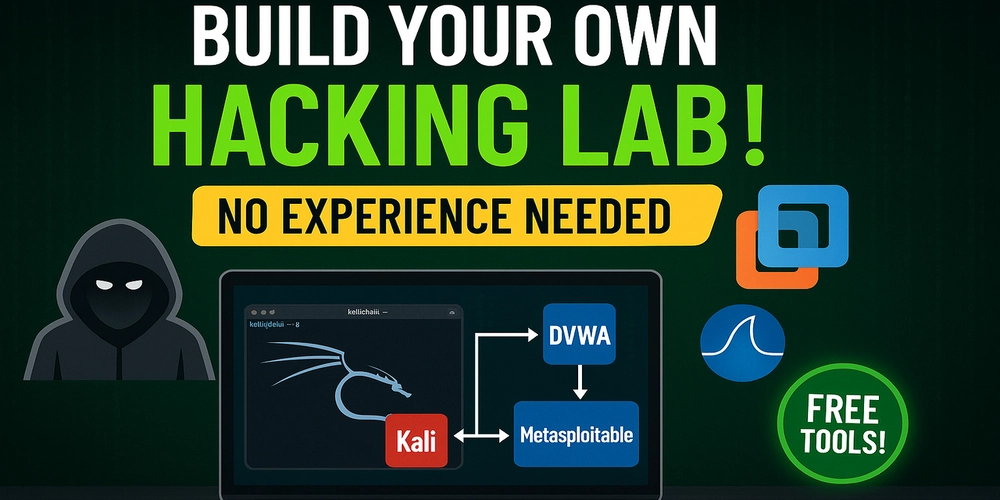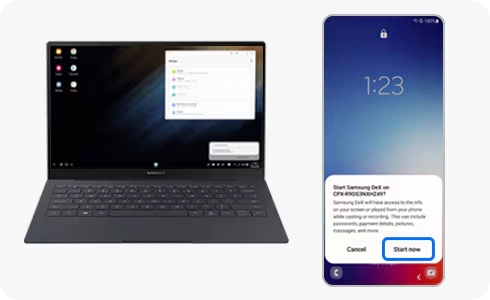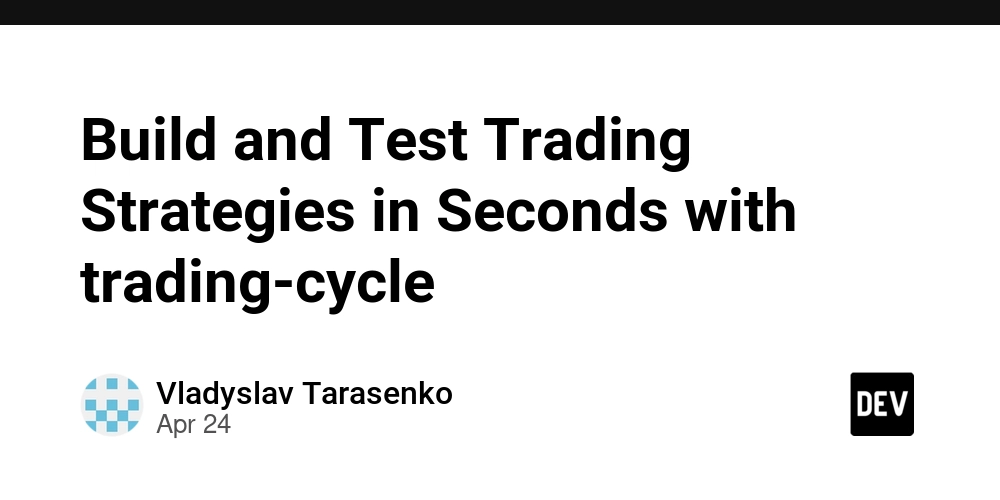How to Start a Career in Bioinformatics with Zero Coding Experience
Are you a biotech student dreaming of working in bioinformatics but worried about not knowing how to code? You're not alone. Many students feel stuck because they think bioinformatics is only for programmers or computer science experts. The good news? That’s not true. In this blog, I’ll show you how you can step into this exciting field, even if you have zero coding experience. What is Bioinformatics, Really? Bioinformatics is a field where biology meets data. Think of it as using computers and math to understand biological data like DNA, proteins, and cell functions. You don’t need to be a software developer to get started. What you do need is curiosity, consistency, and the right approach. Step 1: Understand the Basics of Bioinformatics Before anything else, get clear on what bioinformatics really involves. It's not just about coding; it also includes: Understanding biological questions Working with tools like BLAST, Clustal Omega, or UniProt Reading and interpreting biological data Step 2: Use GUI-Based Tools First Many tools in bioinformatics don’t require you to write a single line of code. For example: NCBI BLAST: Find gene matches Galaxy Project: Run workflows without scripting ExPASy Tools: Analyze proteins Using these tools helps you understand how bioinformatics works before learning any programming. Step 3: Learn to Read (Not Write) Code Start by just reading code. Look at simple Python scripts that analyze DNA sequences. You’ll begin to understand patterns without the pressure of writing from scratch. Step 4: Learn Python Slowly (If You Want) Once you feel comfortable, start learning Python at your own pace. You don’t need to master it all. Focus on: Variables Loops Reading files Using libraries like Biopython and Pandas For a detailed guide, check out our blog on How to Learn Python for Bioinformatics – A Beginner's Guide. Step 5: Work on Simple Projects Start small. Here are a few project ideas: Analyze a DNA sequence from NCBI Create a protein chart using UniProt Use Galaxy to find gene variants Step 6: Join a Community You don’t need to walk this journey alone. Join communities where students like you share progress, doubts, and resources: - LinkedIn groups for biotech & bioinfo students Follow hashtags like #BioinformaticsForBeginners on social media Final Thoughts: You Belong Here If you're passionate about biology and want to work with data, bioinformatics is for you. Coding is a tool, not a gatekeeper. With the right mindset and support, you can absolutely build a successful career in bioinformatics. You Can Read Our Related Posts: The Role of Bioinformatics in Mind Uploading.

Are you a biotech student dreaming of working in bioinformatics but worried about not knowing how to code? You're not alone. Many students feel stuck because they think bioinformatics is only for programmers or computer science experts. The good news? That’s not true. In this blog, I’ll show you how you can step into this exciting field, even if you have zero coding experience.
What is Bioinformatics, Really?
Bioinformatics is a field where biology meets data. Think of it as using computers and math to understand biological data like DNA, proteins, and cell functions. You don’t need to be a software developer to get started. What you do need is curiosity, consistency, and the right approach.
Step 1: Understand the Basics of Bioinformatics
Before anything else, get clear on what bioinformatics really involves. It's not just about coding; it also includes:
- Understanding biological questions
- Working with tools like BLAST, Clustal Omega, or UniProt
- Reading and interpreting biological data
Step 2: Use GUI-Based Tools First
Many tools in bioinformatics don’t require you to write a single line of code. For example:
- NCBI BLAST: Find gene matches
- Galaxy Project: Run workflows without scripting
- ExPASy Tools: Analyze proteins
Using these tools helps you understand how bioinformatics works before learning any programming.
Step 3: Learn to Read (Not Write) Code
Start by just reading code. Look at simple Python scripts that analyze DNA sequences. You’ll begin to understand patterns without the pressure of writing from scratch.
Step 4: Learn Python Slowly (If You Want)
Once you feel comfortable, start learning Python at your own pace. You don’t need to master it all. Focus on:
- Variables
- Loops
- Reading files
- Using libraries like Biopython and Pandas
For a detailed guide, check out our blog on How to Learn Python for Bioinformatics – A Beginner's Guide.
Step 5: Work on Simple Projects
Start small. Here are a few project ideas:
- Analyze a DNA sequence from NCBI
- Create a protein chart using UniProt
- Use Galaxy to find gene variants
Step 6: Join a Community
You don’t need to walk this journey alone. Join communities where students like you share progress, doubts, and resources:
- LinkedIn groups for biotech & bioinfo students
- Follow hashtags like #BioinformaticsForBeginners on social media
Final Thoughts: You Belong Here
If you're passionate about biology and want to work with data, bioinformatics is for you. Coding is a tool, not a gatekeeper. With the right mindset and support, you can absolutely build a successful career in bioinformatics.
You Can Read Our Related Posts:

















_Olekcii_Mach_Alamy.jpg?width=1280&auto=webp&quality=80&disable=upscale#)






















































